In the sun-dappled world of leaves and stems, a silent war rages between aphids and their predators. These tiny sap-sucking insects, often perceived as mere garden pests, engage in sophisticated chemical warfare while producing honeydew – a sweet substance that belies the deadly struggle beneath the surface. The aphid's survival strategies reveal an evolutionary arms race where sweetness becomes both a weapon and a vulnerability.
When aphids pierce plant phloem with their needle-like mouthparts, they trigger complex defense mechanisms from their host. Plants release volatile organic compounds as distress signals, effectively "screaming" chemically to recruit bodyguards in the form of parasitic wasps. Meanwhile, the aphids counter by sequestering plant toxins or producing their own defensive compounds. Some species even evolved to mimic the plant's chemical signature, becoming invisible to would-be attackers.
The honeydew secretion, that glistening droplet on infested plants, serves multiple purposes in this conflict. While primarily a waste product of their phloem-heavy diet, aphids weaponize this sugary substance. Certain species produce "alarm pheromone-laced honeydew" when threatened, causing nearby aphids to abruptly stop feeding and drop from the plant. The sticky substance also gums up the mouthparts of approaching predators, functioning as a biological glue trap.
Ants have become unlikely allies in the aphids' struggle, engaging in what scientists call trophobiosis. The ants vigorously defend their "livestock" from predators while collecting honeydew as food. Some ant species go so far as to prune wings off aphids to prevent escape, or secrete chemicals that slow the aphids' movement. This mutualism demonstrates how the honeydew economy has shaped complex interspecies relationships over evolutionary time.
New research reveals that honeydew isn't just simple sugar water as previously thought. Advanced chromatography techniques identified over 20 different oligosaccharides and secondary metabolites in the secretion. Some compounds appear specifically tailored to manipulate ant behavior, while others may function as antimicrobial agents protecting both aphid colonies and their ant tenders from fungal infections.
The predators haven't remained idle in this arms race. Parasitic wasps like Aphidius ervi evolved to detect the slightest variations in honeydew chemistry, using it to locate hidden colonies. Ladybird beetles developed specialized mouthparts to scrape aphids off surfaces without getting trapped in honeydew. Some spiders incorporate aphid honeydew into their web silk, potentially exploiting the scent to lure more prey.
Climate change adds another layer of complexity to these interactions. Rising CO2 levels alter plant phloem composition, forcing aphids to process more liquid to obtain the same nutrients. This results in increased honeydew production, which unexpectedly makes the aphids more vulnerable. The excess secretion creates ideal conditions for sooty mold growth, alerting predators to the colony's location while simultaneously suffocating the aphids themselves.
Agricultural scientists are now exploring ways to turn these natural dynamics into pest control solutions. One promising approach involves breeding crop plants that produce volatile compounds mimicking aphid alarm pheromones. Other researchers are developing artificial honeydew laced with biocontrol agents that ants will unwittingly spread through aphid colonies. These methods aim to disrupt the delicate chemical communication that underpins aphid survival strategies.
The study of aphid warfare has yielded surprising medical insights as well. The antimicrobial properties of certain honeydew compounds show promise against drug-resistant bacteria. Aphid saliva contains proteins that effectively "anesthetize" plant defense responses, offering clues for developing new immunosuppressive medications. Even the aphid's ability to rapidly clone itself while under threat has become a subject of cancer research.
What begins as a droplet of sweetness on a leaf reveals itself as the epicenter of an intricate biological battlefield. The aphid's existence demonstrates how even the smallest organisms develop astonishingly complex survival strategies, and how substances we might dismiss as mere waste can drive entire ecosystems. As research continues, scientists anticipate discovering even more layers to this microscopic drama where life and death decisions are made in the space of a honeydew droplet.
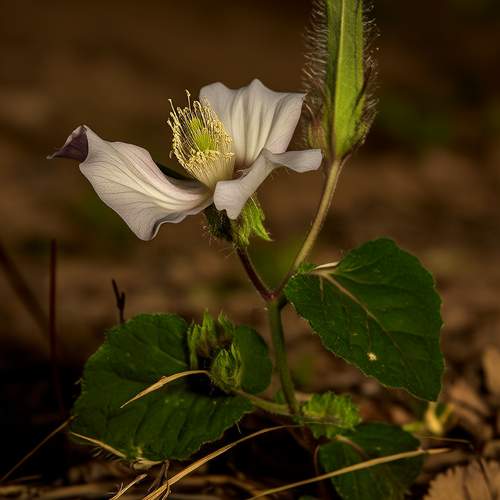
By /May 21, 2025

By /May 21, 2025
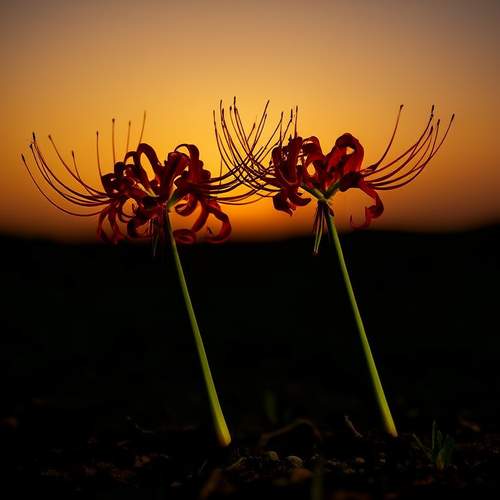
By /May 21, 2025

By /May 21, 2025

By /May 21, 2025

By /May 21, 2025

By /May 21, 2025

By /May 21, 2025

By /May 21, 2025

By /May 21, 2025
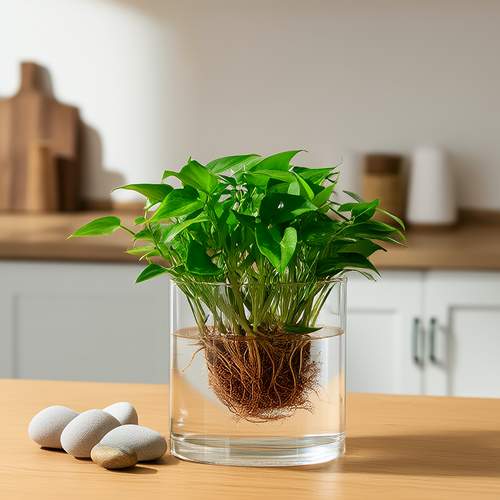
By /May 21, 2025
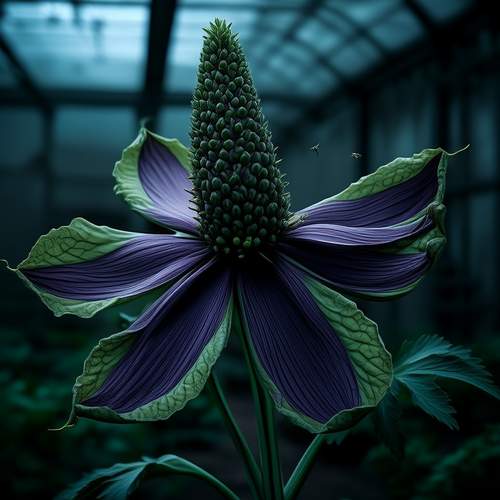
By /May 21, 2025
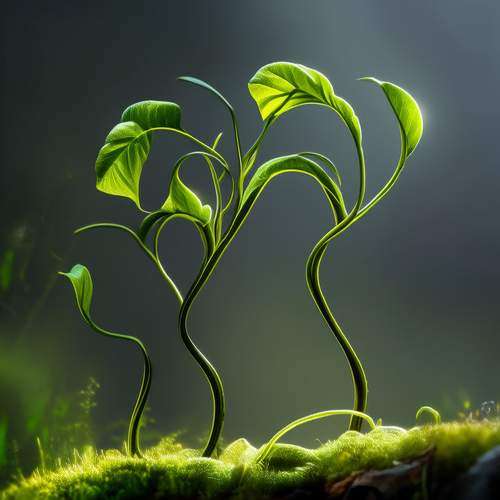
By /May 21, 2025

By /May 21, 2025
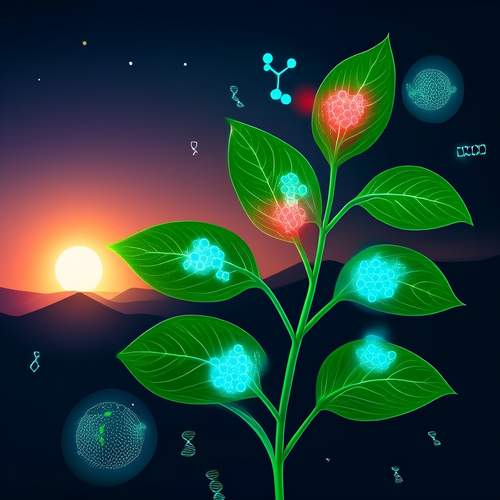
By /May 21, 2025
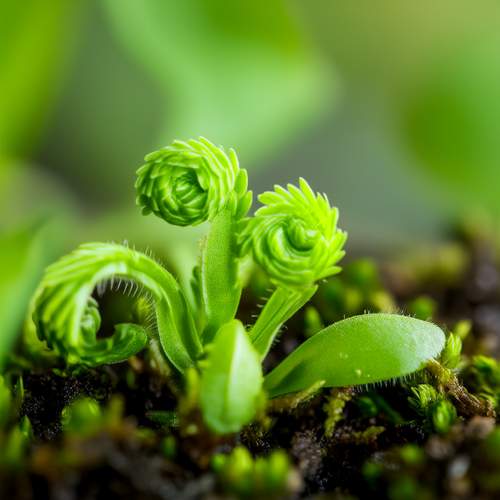
By /May 21, 2025
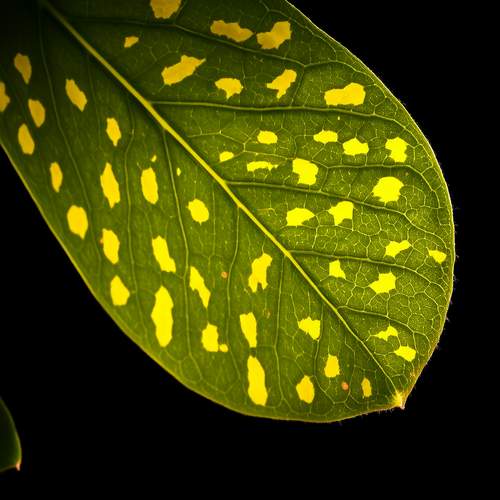
By /May 21, 2025
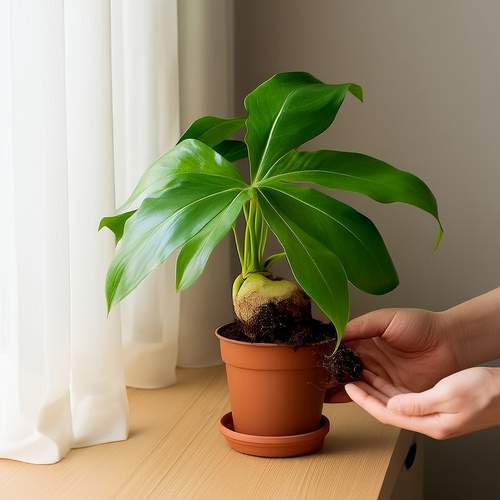
By /May 21, 2025
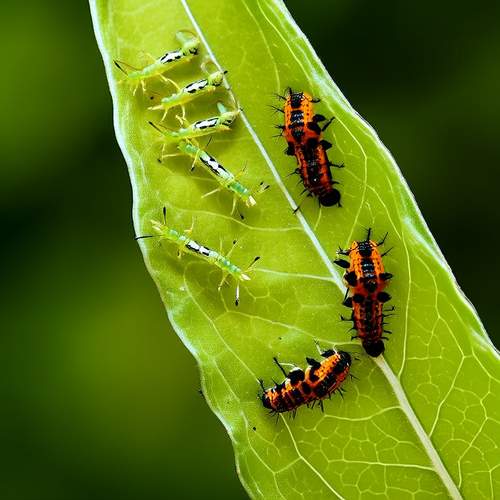
By /May 21, 2025
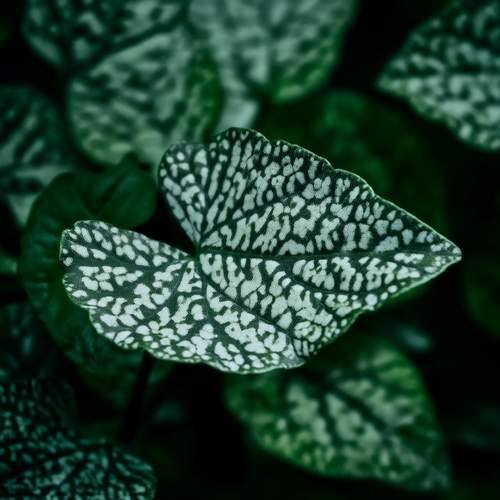
By /May 21, 2025